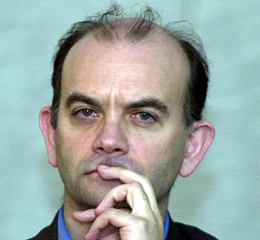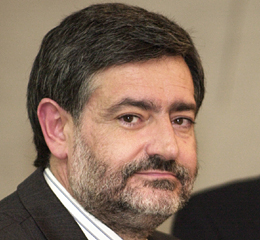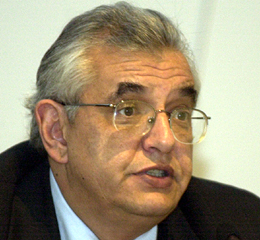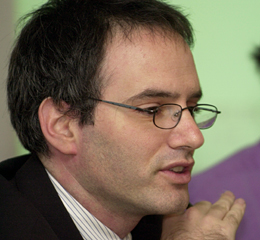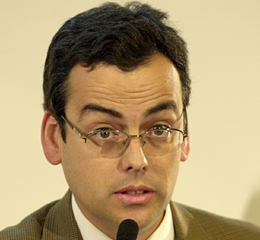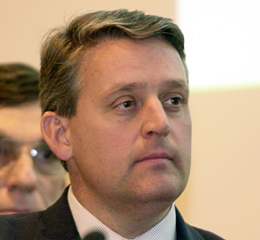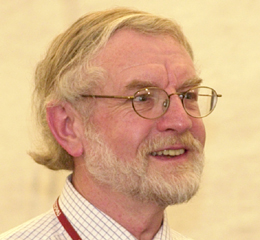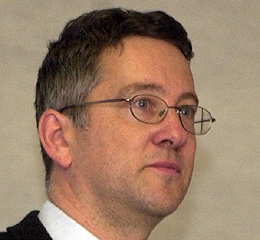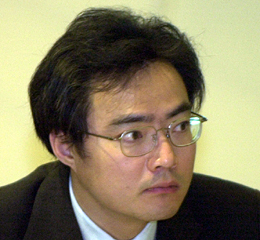Negotiating post-Kyoto: A bridge too far?
Presented by The Energy and Resources Institute (TERI) and the Center for International Climate and Environmental Research - Oslo (CICERO)
Speaking in his personal capacity, C. Dasgupta noted that the UNFCCC entails commitments from developed countries to curb emissions and provide financial and technical assistance to developing countries. He called for a new protocol that would involve both quantitative emissions and financial targets for developed countries, and allow flexibility in choosing an appropriate balance between the two.
Addressing scientific underpinnings that could drive the post-Kyoto process, Rajendra Pachauri, speaking in his personal capacity, emphasized inertia in the climate system. He noted that defining a level of "dangerous anthropogenic interference with the climate system" involves value judgments. He said a future framework should be equitable, efficient, and based on the UNFCCC's principles.
Noting current emissions trends, Ogunlade Davidson, University of Cape Town, said few Annex II countries will meet their emissions targets by 2012, and observed that excitement for the Kyoto Protocol is waning. He stated that developing countries are rejecting commitments because developed countries have failed to take the lead.
Speaking in his personal capacity, Harald Dovland suggested identifying a specific atmospheric concentration level to guide discussions on a post-Kyoto framework. He said the Kyoto Protocol was a small but important step, and recommended retaining its best provisions in future climate policy architectures. He cautioned against stifling creativity by prematurely addressing post-Kyoto architecture in the official climate change negotiations.
Speaking in his personal capacity, Ambassador Ral Estrada-Oyuela said the intergovernmental climate change process lacks strong leadership. He emphasized that quantified emission reduction targets are unsuitable for developing countries because they entail "grandfathering" allocation and limit growth. He underscored the merits of per capita and sectoral approaches, and opposed emissions allocations based on GDP.
Jos Romero, Swiss Agency for the Environment, Forests and Landscape, said the UNFCCC and its long-term objective provides a suitable framework for future steps. He called for strengthened cooperation between Parties, particularly on technology transfer.
Cdric Philibert, International Energy Agency (IEA), recommended retaining emissions trading in a future climate change regime because it mobilizes private funding and is environmentally and cost effective. He advocated sector-wide unilaterally funded CDM and non-binding targets for developing countries. Regarding options to reduce cost uncertainties, he identified intensity targets and price caps.
Michael Grubb, Imperial College, emphasized that the current climate change regime is in trouble. He said Kyoto Protocol Parties could move forward with a declaration even without the Russian Federation, suggesting that this would influence the country to ratify. Grubb suggested forming "coalitions of the willing," comprised of those dedicated to achieving progress.
Asbj¿rn Torvanger, CICERO, outlined options for post-Kyoto architecture and recommended a "global menu approach," where Parties would agree on a menu of options and set negotiated targets, allowing countries to choose from the menu according to their national circumstances. He stressed the need to regularly assess progress and strengthen commitments.



